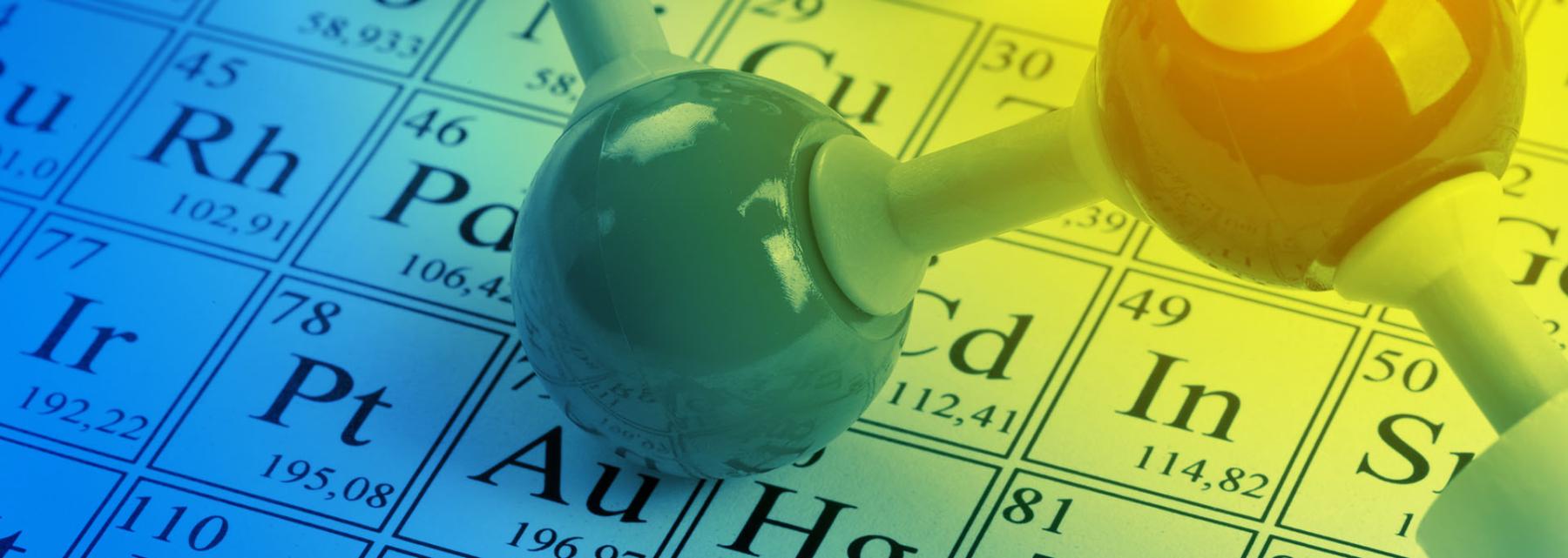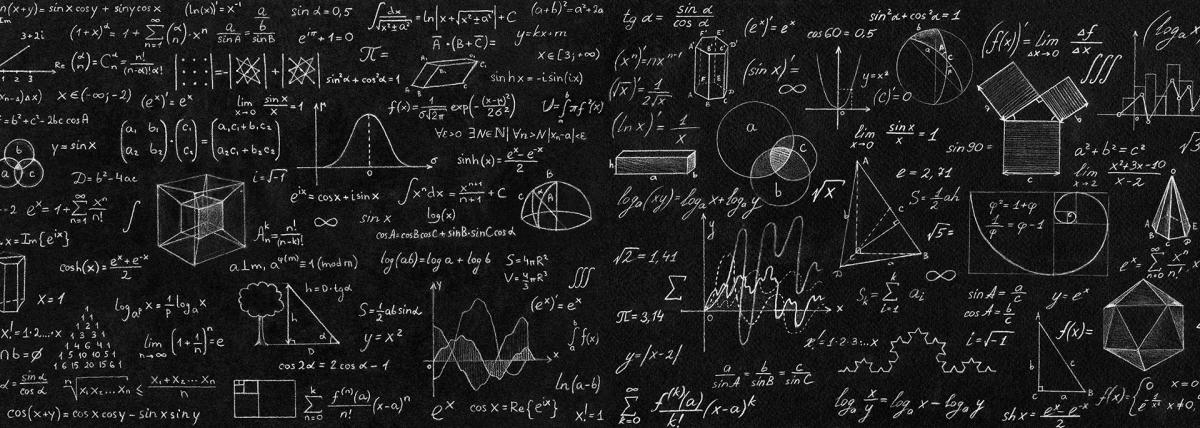
Exploring Molecular Geometry with PhET Simulation
by Jovencio III Jr Tierra
In this engaging and interactive lesson, high school students (grades 10-12) will explore the fascinating world of molecular geometry using the PhET "Molecule Shapes" simulation. The lesson is designed to enhance students' understanding of how molecular shapes are determined and the importance of bond angles in defining the physical and chemical properties of molecules. Students will then delve into the PhET simulation, where they can manipulate molecules to observe how different numbers of atoms and lone pairs influence molecular geometry.
Lesson Plan Link/URL
https://docs.google.com/presentation/d/1gJa0xdn2nItvuWnRjpP1xH_52KGXPfYd/edit?u…Subject Area
Science Physical Science P1: Matter Technology 1. Empowered Learner 2. Digital Citizen 3. Knowledge Constructor Mathematics Geometry (G)
Featured
Off
Related Content

Grades:
9th Grade, 10th Grade, 11th Grade, 12th Grade
This is a two-day introductory lab exercise using video analysis to derive the equations that govern projectile motion. It employs elements of Modeling Instruction to engage students in doing science.

Grades:
9th Grade, 10th Grade, 11th Grade, 12th Grade
Growing Crystals Part 2 is a unique lesson that has an emphasis on the synthetic growing of crystals in the laboratory. This activity also focuses on investigating the process of how synthetic

Grades:
8th Grade, 9th Grade, 10th Grade, 11th Grade, 12th Grade
GROWING CRYSTALS PART 1, A lesson that focuses on the different types of formation of crystalline solid, its properties and the attractive forces responsible to it during chemical bonding. It is